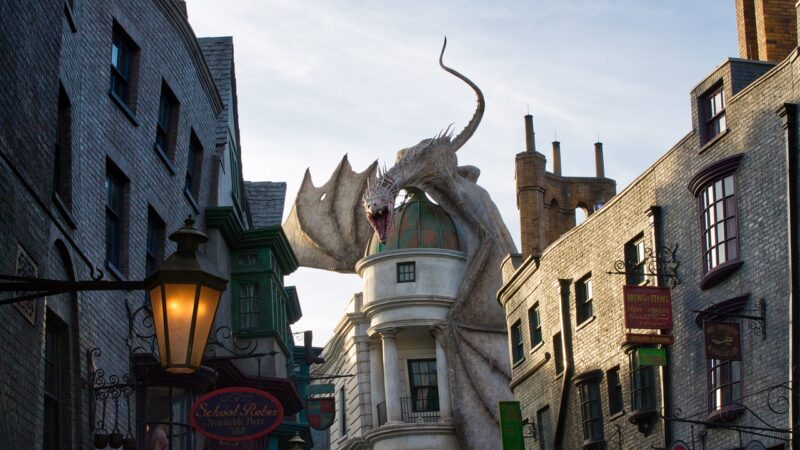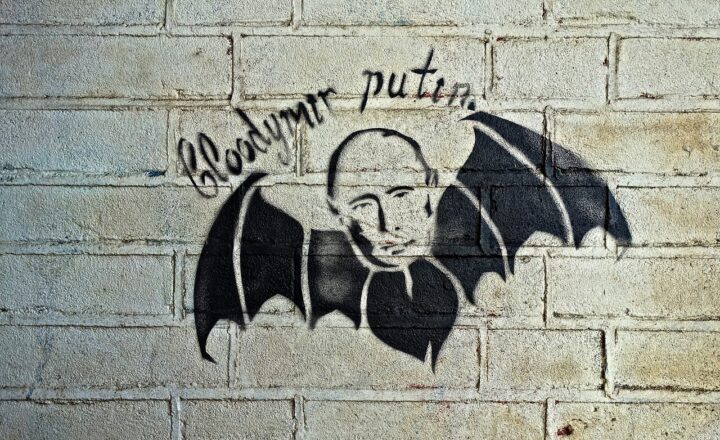How ‘Harry Potter’ Mania Took Over Pop Culture in the 2000s
November 12, 2024

The ‘Harry Potter’ series has left an indelible mark on global pop culture since its inception in the late 1990s. With the release of the first book, ‘Harry Potter and the Philosopher’s Stone,’ in 1997, a cultural phenomenon began to unfold that would dominate the 2000s and beyond. From books to movies, merchandise, and fan communities, the impact of Harry Potter extended far beyond the page and screen, shaping the entertainment landscape for a generation.
1. The Rise of a New Literary Genre
The ‘Harry Potter’ series, penned by British author J.K. Rowling, introduced millions of young readers to the joy of literature. The compelling narrative, intertwined with relatable themes of friendship, courage, and the battle between good and evil, resonated with audiences globally. As the series grew in popularity, it led to a resurgence in the fantasy genre, creating a newfound interest in magical worlds and epic adventures.
The books inspired readers to explore not only Rowling’s universe but also other fantasy novels. Popular book series like ‘Percy Jackson & the Olympians’ and ‘The Chronicles of Narnia’ saw increased sales, as many young adults sought similar escapism through literature. A whole new generation of authors began writing young adult fantasy novels, striving to capture the magic that ‘Harry Potter’ had introduced into popular culture.
2. Harry Potter in Film: A Cinematic Revolution
The transition from page to screen proved to be pivotal for the ‘Harry Potter’ franchise. The first film, ‘Harry Potter and the Sorcerer’s Stone,’ premiered in 2001 and was met with critical acclaim and commercial success. It wasn’t just a film—it became a cultural event that brought together fans, sparking midnight premieres and widespread discussions about plot theories among the audience.
The subsequent films followed a similar trajectory, with each installment breaking box office records. Fans eagerly anticipated the release of each movie, leading to participation in costume events, trivia nights, and themed gatherings, where spectators celebrated the series’ rich universe together. The films also sparked the growth of industry-related merchandise, including wands, robes, and collectibles that fans clamored to own.
The visual effects and production design showcased in the films introduced viewers to a world of imagination, leading to groundbreaking advancements in cinematic technology. Iconic locations such as Hogwarts, Diagon Alley, and the Forbidden Forest became etched into the minds of fans around the world.
3. Fandom: A Community United by Magic
As the ‘Harry Potter’ universe expanded, so did its fan community. For many, being a Harry Potter fan transcended mere interest; it became a defining aspect of their identity. Online platforms like fan forums, social media, and fan fiction sites provided spaces for fans to connect, share theories, and create their own content based on the series.
Fan conventions, such as LeakyCon and various Wizarding World events, emerged to celebrate the series. These gatherings drew thousands of fans, offering panels, Q&As with cast members, and opportunities to engage in cosplay. Such events fostered a sense of belonging within the community, creating friendships that blossomed through shared love for the series. Additionally, fan-created content—such as videos, artwork, and fan fiction—flourished, showcasing the incredible creativity of the Harry Potter fandom.
4. Expanding the Universe: The Legacy Continues
With the conclusion of the main series came the expansion of the Harry Potter universe. The release of ‘Harry Potter and the Cursed Child’ in 2016 and the ‘Fantastic Beasts’ film series opened new avenues for storytelling within this beloved world. The lore of Harry Potter continued to flourish, drawing in both new fans and long-time followers.
The wizarding world also became a thematic attraction in various parts of the globe. The Wizarding World of Harry Potter, featuring immersive experiences in theme parks like Universal Studios, allowed fans to step into the realms they had long cherished. This blend of nostalgia and thrill added a tangible, interactive element to fandom, further enthralling audiences.
The franchise’s presence in pop culture remained strong with the continual releases of merchandise, themed events, and anniversaries that honor the series. Additionally, the values exemplified in Harry Potter—such as friendship, bravery, and the fight against prejudice—resonate strongly in today’s societal contexts, allowing the series to remain relevant and impactful.
5. Conclusion: The Enduring Power of Harry Potter
The impact of Harry Potter on culture in the 2000s and beyond is undeniable. It has shaped literature, film, and the very way fans connect with one another. The series provided countless individuals with a shared language of magic and adventure that not only entertained but also enlightened.
As we move forward, the legacy of Harry Potter continues to inspire creativity, community, and a love for storytelling. The series doesn’t just remain a part of history; it lives on in the hearts of fans and new generations who embark on their own magical journeys.
Through its captivating narrative and constant evolution, Harry Potter has secured its place not just in literature and film, but as a significant touchstone in modern pop culture. Its relevance is a testament to the profound impact that storytelling can have in shaping a shared experience across the globe.








